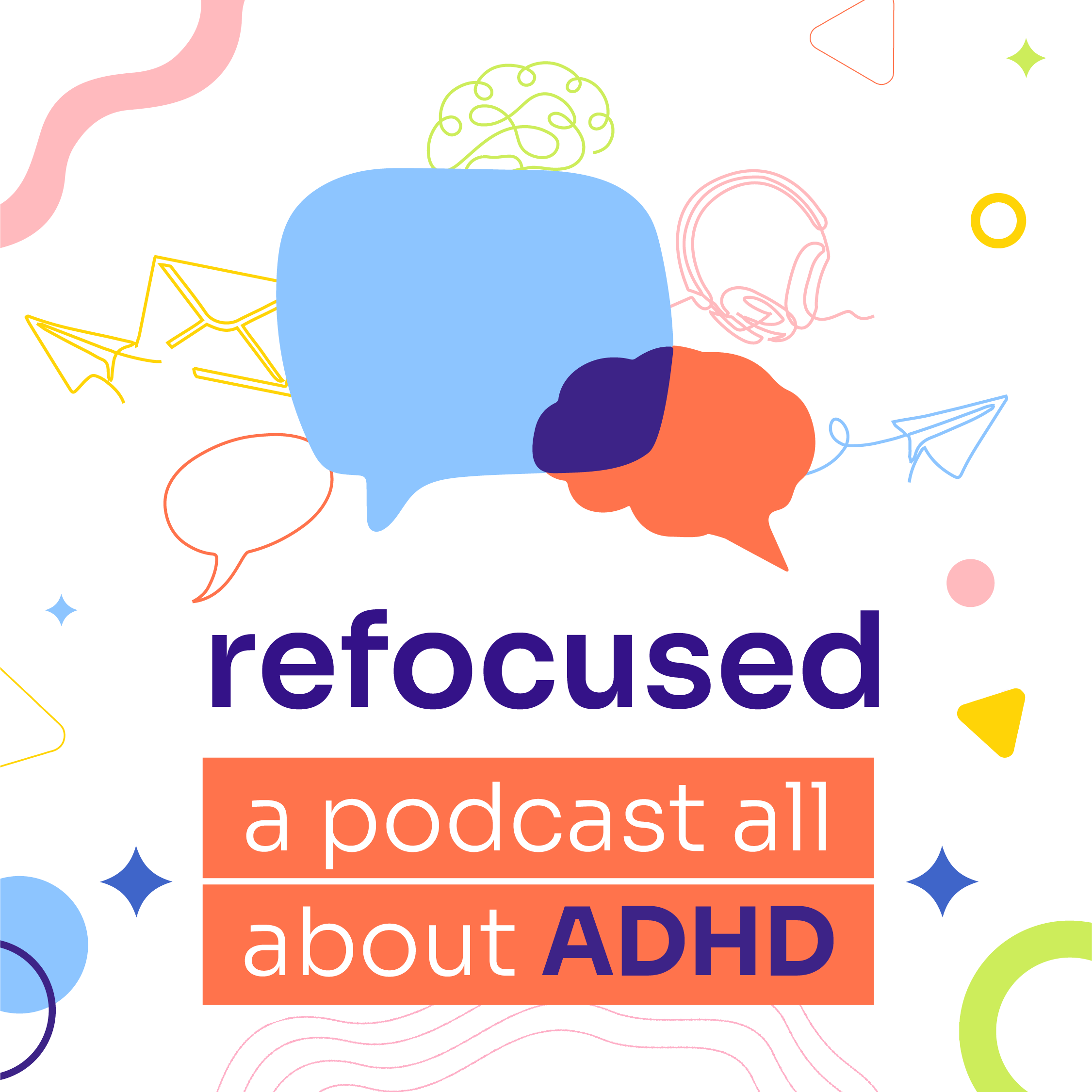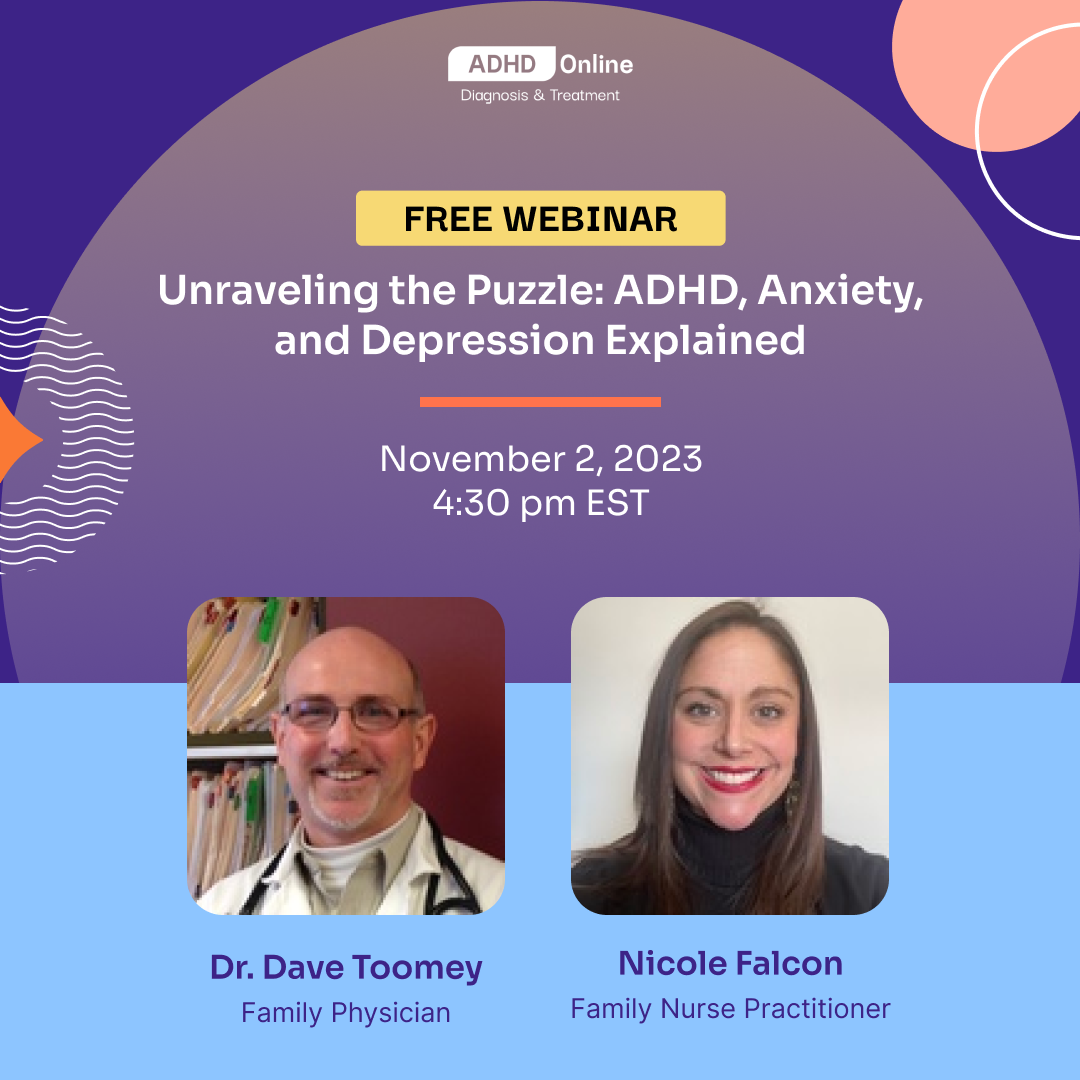By Michelle Seitzer
If your child with ADHD sometimes erupts like a volcano, there’s a reason — and it’s not just to throw you off course. Here are some tips for staying grounded when they blow their tops:
Start with compassionate understanding
In an April 2020 article for Attention Magazine, Monica Hassall, an experienced nurse, health educator and ADHD coach, writes about the volcano model for understanding meltdowns. While we see the eruption — which often seems to come out of nowhere and at the most inconvenient time — Hassall points out that the buildup has been going on for much longer than just that moment in aisle two at Target.
For children with ADHD, symptoms of executive function deficits include low frustration tolerance, lack of emotional control and reactivity (to name a few). Moving our mindset from judgment — “What will other people think?” or “I’ve failed as a parent because my child is freaking out” — to curiosity and compassion is the first step to calming our own bodies and minds.
Shift your thoughts to things like: “My child must be really stressed out about something” or “I wonder what she’s feeling to make her react this way.” Give yourself and your child grace, instead of lashing out internally or externally. By doing so, we’re better positioned to react from a place of love and calm to support our dysregulated child, instead of pushing them to erupt further.
Harness the power of redirection
I once abandoned a huge cart of much-needed groceries because my daughter was having a massive meltdown. Sometimes, we have to leave the premises because the environment itself may be causing or aggravating the outburst.
There could be any number of things producing stress. That might include harsh lighting in superstores, the overwhelm of seeing rows of desirable items within reach that Mom or Dad keep saying no to, loud noises (my daughter was often triggered by babies crying), music that sets them off. And an exit could be hugely helpful in calming your child’s overactive nervous system.
If it’s not possible to leave the store, school program or doctor’s office — or if you’re driving and can’t pull over — redirect in another way. Put on your child’s favorite song, or start singing it. Tell them a joke that always makes them laugh. Say a nonsense phrase like “Crazy bananas!” or “Pickled lemonade!” that stops their anxious brain in its tracks and confuses them with its unexpected appearance. You can even designate a few songs for moments like these and make a “calm down” playlist to keep at the ready.
Calm the body and focus the mind with deep breathing
Breathe in calmness and breathe out anxiety and stress. When our hearts are racing and our kids are screaming, probably the last thing on our minds is breathing. But we’re doing it whether we’re thinking about it or not, and that’s the trick with intentional deep breathing. It focuses our attention on a regulating, life-sustaining rhythm that’s always playing in the background.
Conquer that flood of emotions in your child’s brain with a flood of oxygen-rich deep breaths. You can challenge them to a yawning match. Or, try something that has worked well for our daughter — called “soup breathing.” Start by cupping your hands like you’re holding a mug or bowl of hot soup (pick a favorite kind to engage the imagination). Breathe in the scent of that tangy, creamy tomato or hearty chicken noodle, then gently release it as if you’re blowing on the surface to cool it off.
Activate the Five Senses Method
This classic grounding technique for those with anxiety is great for on-the-go, because it’s easy to remember, it doesn’t require any “props” and it’s helpful for you to do alongside your child.
Here’s the technique:
- Start by naming five things you can see.
- Move on to four things you can physically feel (and go ahead and touch them, if possible).
- Next up, name three things you can hear in the space around you.
- Now, name two things you can smell nearby.
- Finally, identify one thing you can taste. This last one leads to our final tip …
Grab a nutrient-rich snack or a piece of gum
Prepared parents always have snacks. In meltdown moments, offer a high-protein snack like cheese or something packed with beneficial nutrients like nuts. If your child is old enough, offer a stick of gum to get the jaw moving and the brain focused on something other than the rush of molten lava emotions and feelings that caused them to burst. And remember: When everyone’s feeling edgy, snacks are good for you, too.




